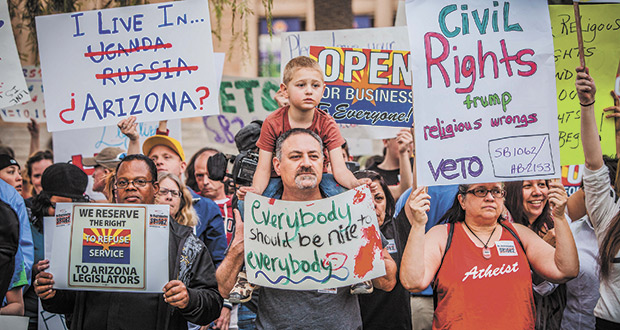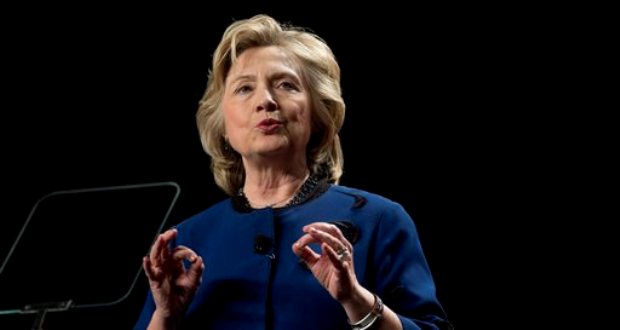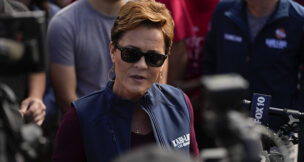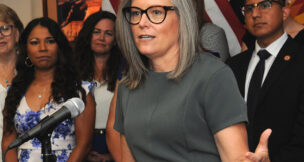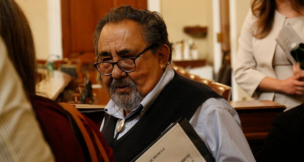The power behind SB1062: Center for Arizona Policy wields substantial influence at the Capitol
Luige del Puerto//February 28, 2014//[read_meter]
The power behind SB1062: Center for Arizona Policy wields substantial influence at the Capitol
Luige del Puerto//February 28, 2014//[read_meter]
Cathi Herrod, president, Center for Arizona Policy Behind the legislation that engulfed Arizona in a firestorm over the treatment of gays is an influential Evangelical-Christian lobby...








